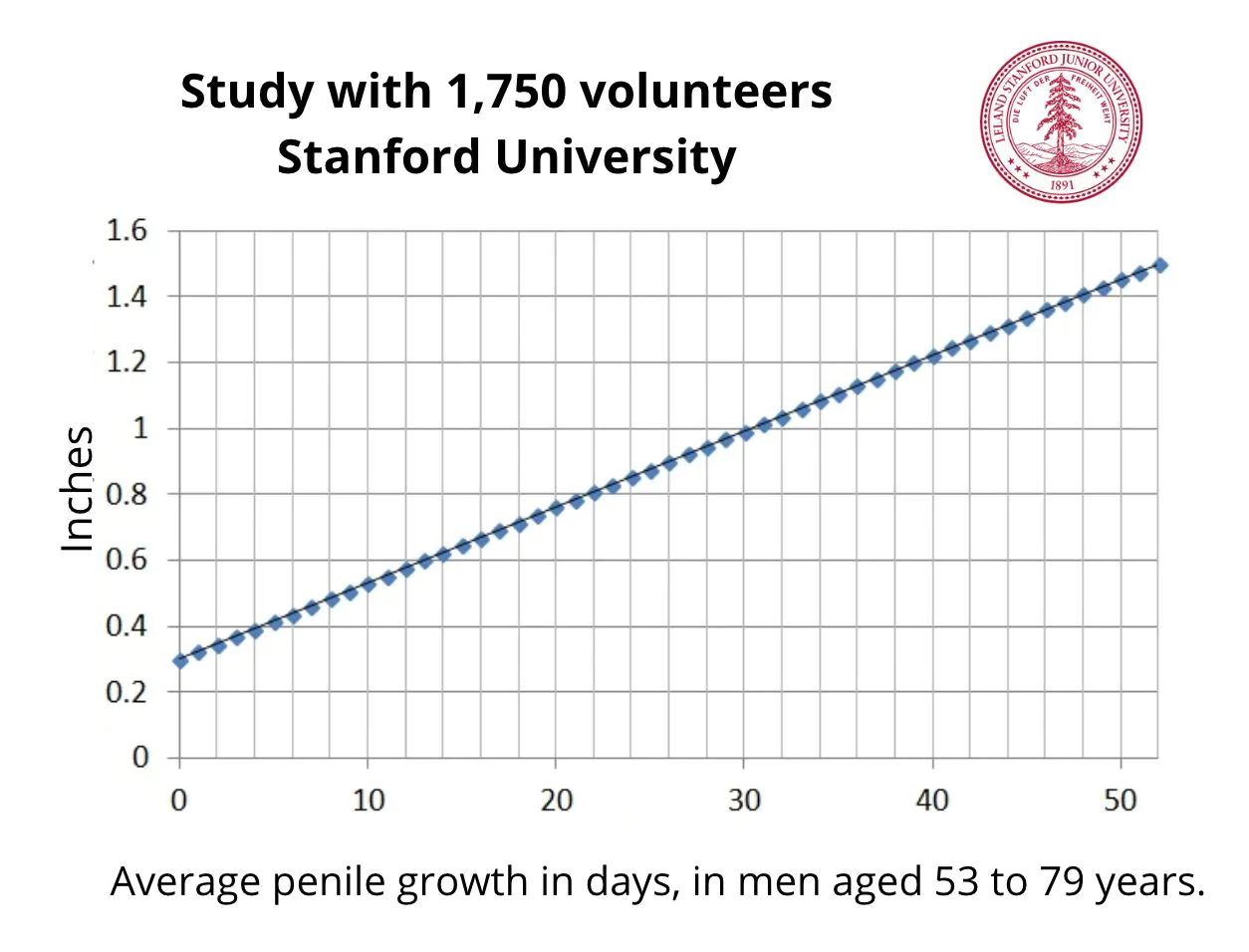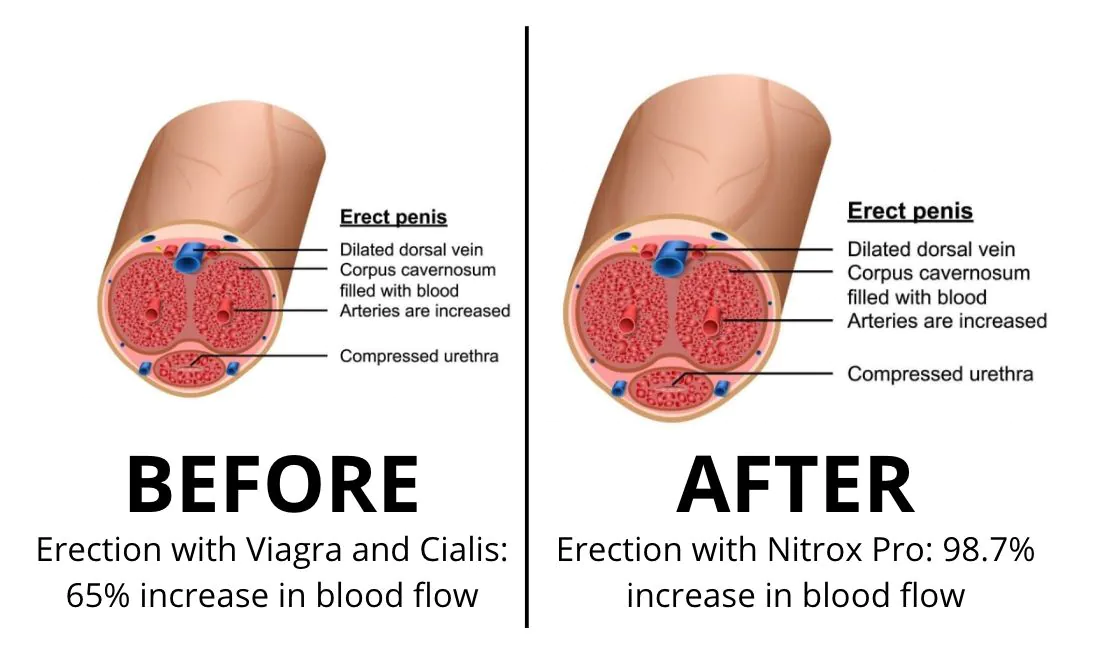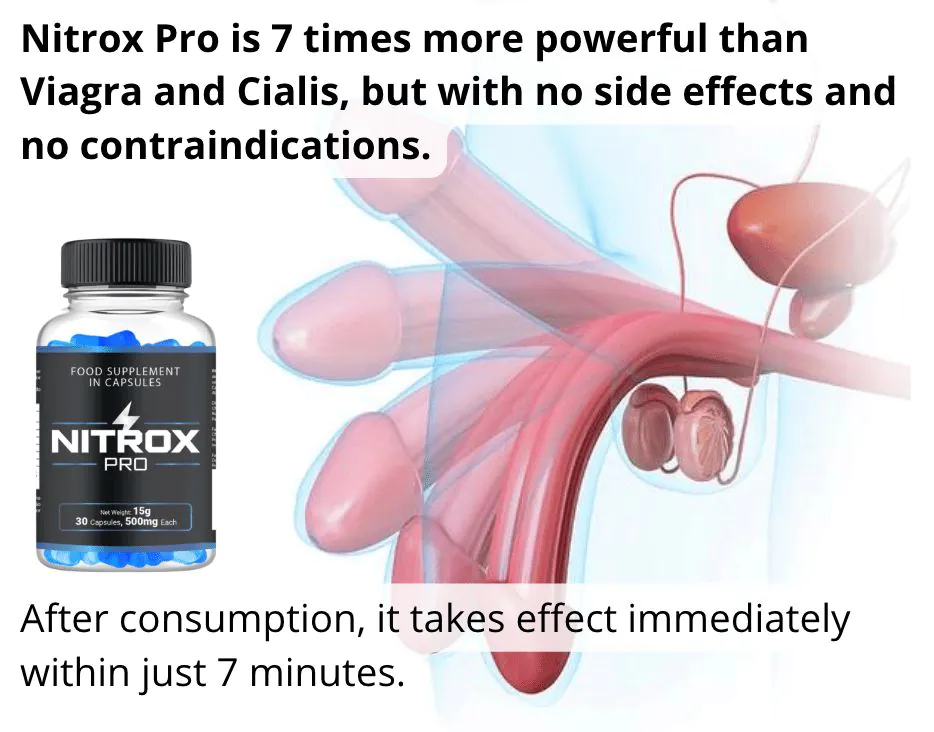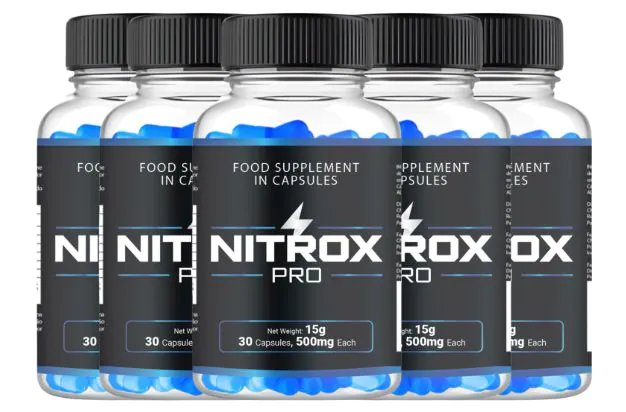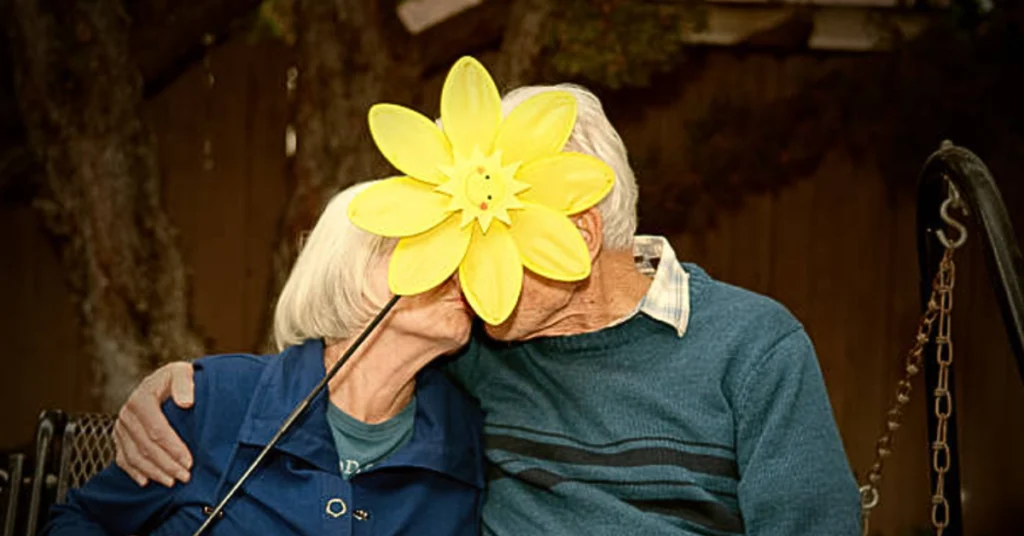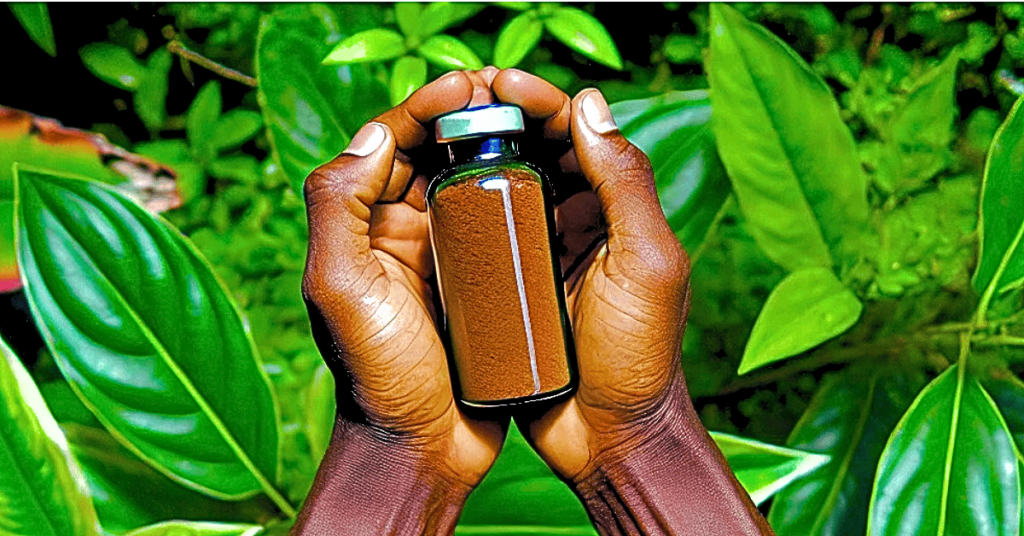The Smell Trick involves using specific scents, like lavender and eucalyptus, to enhance recovery after exercise by reducing stress and muscle soreness, supported by both personal experiences and scientific research.
Have you ever wondered if certain odors could enhance your recovery after exercise? The intriguing concept of the “Smell Trick” suggests that specific fragrances might have a powerful impact on how our bodies recover post-workout. In this article, we’ll delve into what the Smell Trick is, examine the science linking scent to recovery, explore its practical applications, and share personal experiences that highlight its effectiveness. This could change the way you approach your recovery routine, so keep reading!
Understanding the Smell Trick
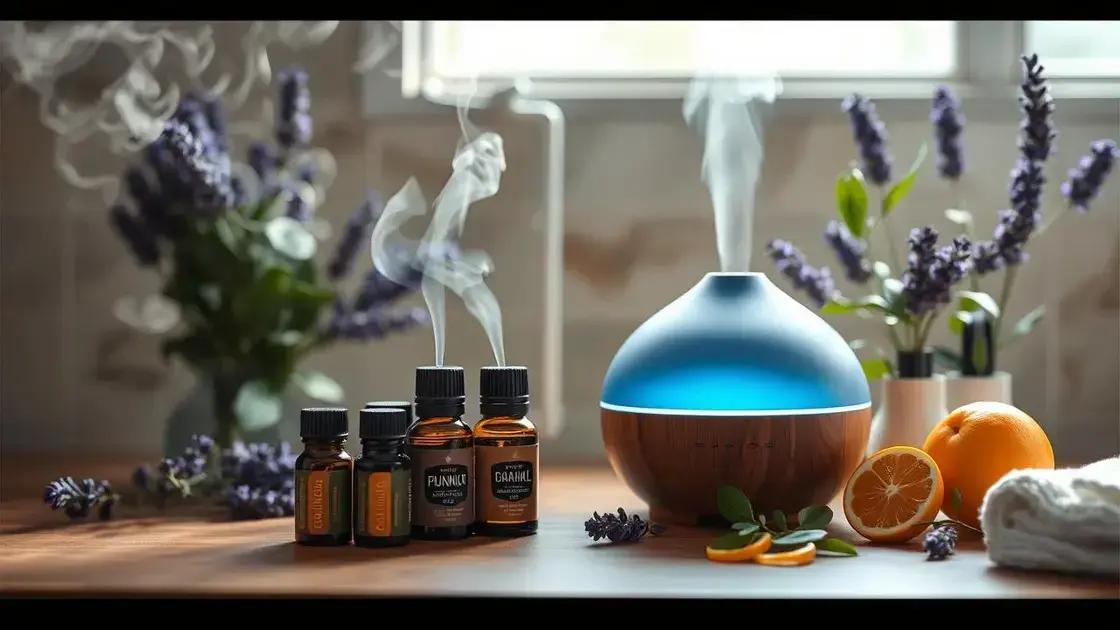
The “Smell Trick” refers to the use of specific scents to enhance recovery after physical activities. Many athletes and fitness enthusiasts seek methods to improve their post-exercise recovery, and the power of smell is gaining attention. Scents such as lavender, eucalyptus, and citrus are believed to have unique properties that can positively affect our bodies and minds.
How Smell Affects Our Brain
When we encounter a smell, it sends signals directly to the brain. The olfactory system is closely linked to the limbic system, which controls emotions and memories. This connection means that pleasant scents can evoke positive feelings and reduce stress, contributing to an overall sense of well-being.
Types of Scents and Their Effects
Certain scents can trigger specific responses in the body.
- Lavender: Known for its calming effects, lavender can lower heart rates and promote relaxation.
- Citrus: Scents like lemon and orange can energize and uplift mood, helping to combat fatigue.
- Eucalyptus: This scent is often used for its refreshing qualities, providing relief to sore muscles.
Combining Scents with Recovery Techniques
Incorporating aromatherapy into your recovery routine can enhance its effectiveness. For example, using a diffuser with soothing scents while stretching can amplify relaxation. Additionally, scented lotions or oils can be massaged into sore areas after a workout to promote recovery.
This combination of scents and physical techniques works synergistically to maximize recovery benefits. Not only does the aroma bolster the recovery experience, but it also uplifts your spirits, making the process more enjoyable.
The Science Behind Recovery and Smell
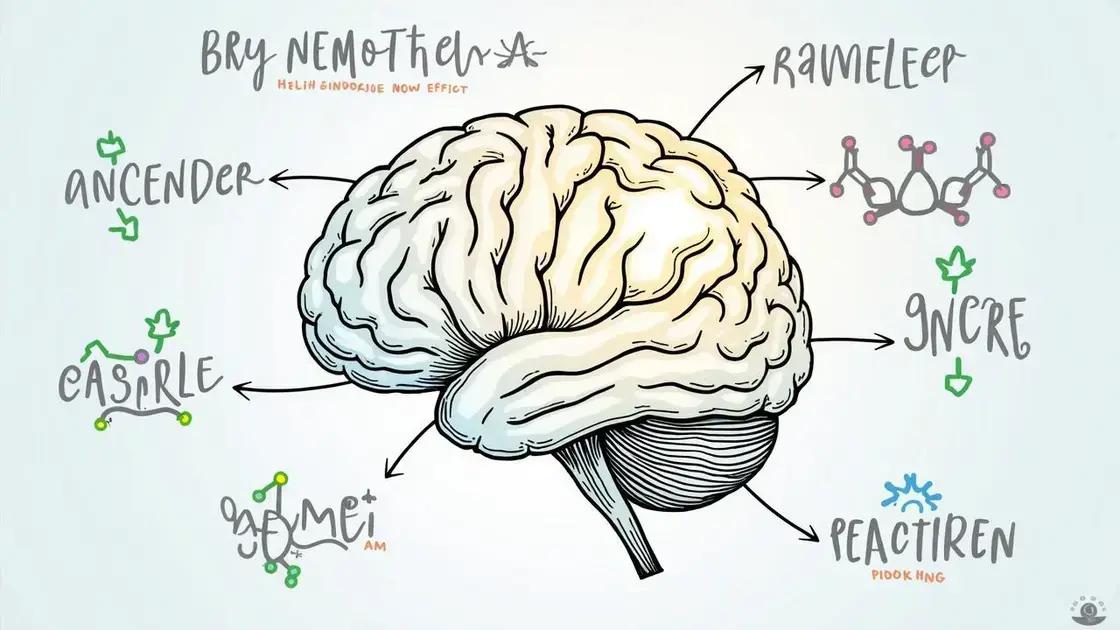
The relationship between smell and recovery is anchored in science. Our sense of smell plays a vital role in how we perceive the world and interact with it. Different scents can trigger various responses in our bodies, influencing recovery.
How Scents Trigger Brain Responses
When you inhale a scent, the molecules enter your nose and bind to receptors. This triggers signals to your brain, influencing emotions, mood, and even physiological responses. For instance, scents like peppermint may boost your alertness, while jasmine could calm your nerves.
Hormonal Changes Linked to Smell
Research shows that pleasant scents can lead to the release of endorphins, which are the body’s natural painkillers. This can help relieve soreness after a workout. Additionally, scents that reduce stress can lower cortisol levels, further enhancing your recovery.
The Circle of Recovery
Effective recovery requires a balance of physical, mental, and emotional well-being. Smell impacts all three areas. Aromatherapy is often used to create a relaxing environment, allowing athletes to mentally prepare for recovery. It also plays a role in enhancing the overall experience, making relaxation after exercise more effective.
Scientific Studies Supporting Aromatherapy
Various studies have shown that using specific scents can reduce the perception of pain and anxiety. For example, a study indicated that participants exposed to the scent of lavender experienced less muscle pain after exercise. Such findings support the idea that scent can be a valuable tool in enhancing the recovery process.
Practical Applications of Scent
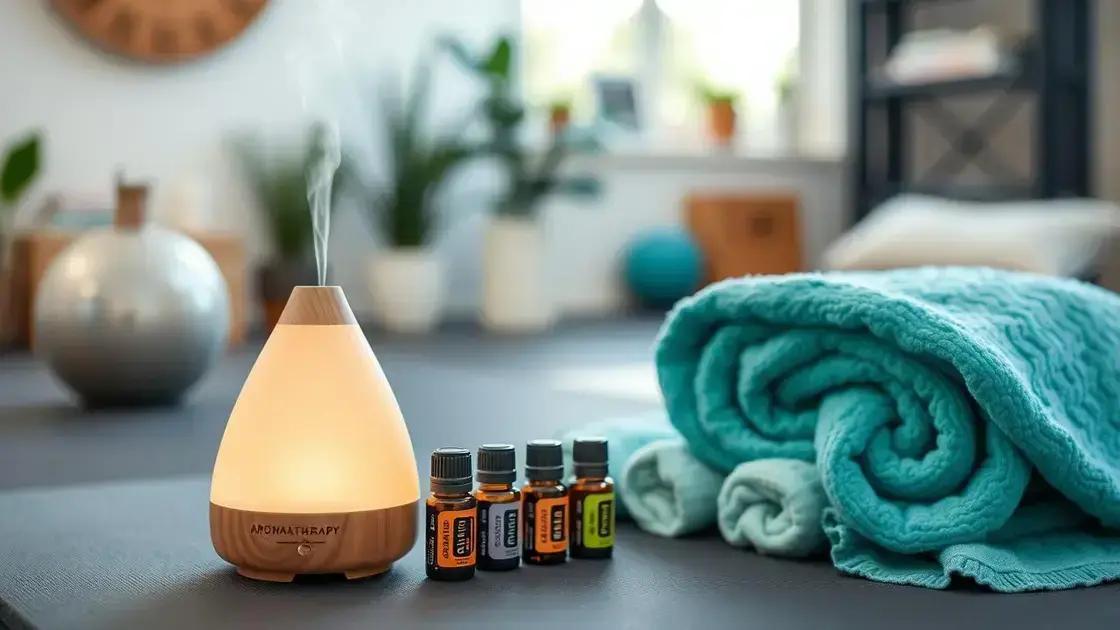
Using scent in recovery can be simple yet effective. Here are some practical applications of aroma that you can incorporate into your routine.
Aromatherapy Diffusers
Using an aromatherapy diffuser is a popular way to introduce scents into your workout environment. By adding essential oils like lavender or peppermint to the diffuser, you can create a calming atmosphere during your cool-down or stretching sessions.
Scented Bath Products
Taking a warm bath with scented bath products can be beneficial after exercise. Look for bath bombs or oils infused with eucalyptus or lavender. These scents can relax your muscles and provide a soothing experience.
Essential Oil Roll-Ons
Essential oil roll-ons are convenient for on-the-go recovery. You can easily apply them to your pulse points or sore muscles after a workout. Scents like frankincense or geranium are known for their calming effects.
Scented Towels
Another practical application involves using scented towels. Spraying a mixture of water and essential oils like citrus or lavender on your workout towel can provide a refreshing scent during exercise, enhancing your motivation and enjoyment.
Implementing these simple techniques can make a big difference in your recovery routine, allowing you to fully benefit from both your workout and the power of scent.
Personal Experiences with Scent-based Recovery

Many athletes and fitness enthusiasts share personal stories about the positive impact of scent on their recovery processes. Here are some real experiences with scent-based recovery.
Athlete Testimonials
One runner reported that using lavender essential oil during her post-race routine significantly reduced her muscle soreness. After applying the oil and taking a moment to breathe in the calming aroma, she felt more relaxed and ready to recover.
Yoga Practitioners
A yoga instructor noticed that incorporating citrus scents into her classes helped students feel more energized during their sessions. After workouts, she distributed small sprays of orange and lemon essential oils, which participants claimed uplifted their mood and improved recovery times.
Personal Trainer Insights
Many personal trainers recommend scents like eucalyptus for their clients after intense sessions. One trainer mentioned how diffusing eucalyptus essential oil in the gym led to a more relaxed environment, allowing clients to cool down effectively while enjoying the benefits of aromatherapy.
Survey Feedback
In a survey conducted among fitness participants, 75% reported that scented products helped them feel better after workouts. Common responses highlighted the link between scent and improved mental clarity, reduced stress, and less muscle fatigue following exercise.
These personal experiences demonstrate that incorporating scent into recovery practices is not just a theory; many find it genuinely beneficial in their fitness journeys.
In Summary: Boosting Recovery with Scent
Integrating the concept of the “Smell Trick” into your post-exercise routine can offer numerous benefits for recovery. Various scents, such as lavender, eucalyptus, and citrus, have been shown to enhance relaxation, reduce stress, and promote faster recovery from physical exertion.
Personal experiences from athletes and fitness enthusiasts reveal that scent-based recovery can lead to improved mental clarity and reduced muscle fatigue. Practical applications like aromatherapy diffusers, essential oils, and scented bath products allow anyone to easily incorporate these beneficial aromas into their routine.
Ultimately, exploring and experimenting with scents may help optimize your recovery process, making every workout more rewarding and enjoyable.
FAQ – Frequently Asked Questions About the Smell Trick and Recovery
What is the Smell Trick?
The Smell Trick is the concept of using specific scents to enhance recovery after exercise, leveraging the connection between smell, mood, and muscle relaxation.
Which scents are best for recovery?
Popular scents for recovery include lavender for relaxation, eucalyptus for muscle relief, and citrus for an energy boost.
How can I use scents during my workout routine?
You can use aromatherapy diffusers, scented towels, or essential oils applied to pulse points to incorporate scents into your workout routine.
Is there scientific evidence supporting the use of scents for recovery?
Yes, research indicates that certain scents can lower cortisol levels, reduce perception of pain, and improve overall recovery through psychological and physiological effects.
Can I create my own scent blends for recovery?
Absolutely! You can blend essential oils based on your preferences to create personalized scents that enhance your recovery experience.
Are there any risks associated with using essential oils?
While essential oils are generally safe when used correctly, some individuals may experience allergic reactions. It’s important to patch test oils and consult a professional if unsure.



